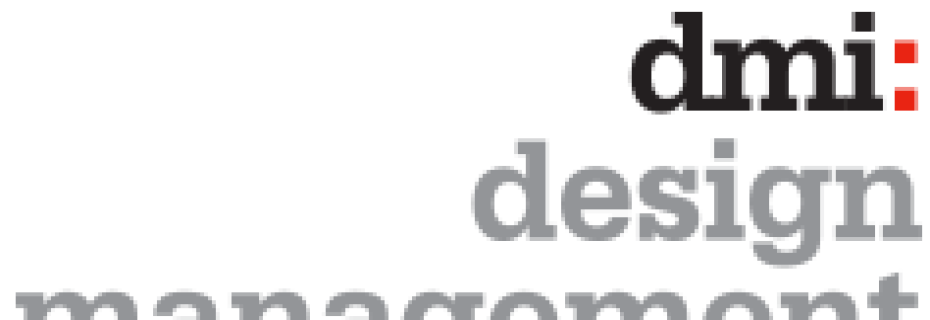The Value of Design

The Value of Design
Much has been written lately about the strategic value that design can add to organizations of any scale and type.
“Take it From an Expert: Design is More Important Than Ever” Wired 3.17.2015
“Design InTech Report” John Maeda, Design Partner, KPCB 3.15.2015
“Design Gains Importance as Devices Get More Personal” NYT 3.19.2015
And research continues in the quest to quantify the value of design:
UK Design Council “The Value of Design Factfinder” UK Design Council 1.20.2007
Danish Design Council “The Economic Effects of Design” 2004
The European Commission’s “Innobarometer” aggregates multiple surveys of the effects of design on innovation.
But What is Design?
Simply put, design is a method of problem solving. Whether it is an architectural blueprint, a brochure, the signage system at an airport, a chair, or a better way to streamline production on the factory floor – design helps solve a problem.
Measuring the Value of Design
The value of design is difficult to define. Design is hard to isolate as a function and the design function operates differently by industry. That makes benchmarking to standardized measurement metrics difficult.
Instead, DMI chose to look at the value of design-focused organizations as an aggregate. In 2013, DMI and Motiv Strategies collaborated to develop a market index that could be used to track how design-focused companies perform relative to the S&P 500 over time. 15 publicly traded US companies made the criteria for inclusion. The results supported a growing body of findings that good design drives shareholder value.
Next Steps
DMI then undertook a series of studies, research programs, and symposia surveys to develop a system of tools and frameworks called The Design Value System (DVS) used to:
- Communicate the value of investment in design
- Assess the maturity of a design organization
- Benchmark the areas in which design adds value
The Design Value System has three components: The Design Value Index, The Design Maturity Matrix and the Design Value Map.
 The dmi:Design Value Index
The dmi:Design Value Index
DMI and Motiv Strategies, funded by Microsoft, began analyzing the performance of US companies committed to design as an integral part of their business strategy. Completed in 2013 the dmi:Design Value Index tracked the value of publicly held companies that met specific design management criteria, and monitored the impact of their investments in design on stock value over a ten-year period, relative to the overall S&P Index.
2015 results show that over the last 10 years design-led companies have maintained significant stock market advantage, outperforming the S&P by an extraordinary 211%.
2015 DMI:DESIGN VALUE INDEX RESULTS:
The Power and Value of Design Continues to Grow Across the S&P that includes “Ones to Watch” a new list of design-driven companies to observe.
2014 DMI:DESIGN VALUE INDEX RESULTS:
Good Design Drives Shareholder Value that includes trends in design disciplines.
2013 DMI:DESIGN VALUE INDEX RESULTS:
“What is the Real Value of Design” that includes 8 topline ways that design adds value
READ ABOUT THE ORIGIN OF THE DESIGN VALUE INDEX STUDY HERE:
“The DMI Design Value Scorecard: A New Design Measurement and Management Model”
 The Design Maturity Matrix
The Design Maturity Matrix
The dmi:Design Maturity Matrix provides a simple mapping tool to measure the maturity of design in any organization. It can be used as a diagnostic and communications tool to:
– Understand the process maturity of the design organization
– Create a common language for strategic discussions with cross functional peers
– Align investments in design with business strategy
Download a PDF of the dmi:Design Maturity Matrix
 The Design Value Map
The Design Value Map
Based on the American Productivity and Quality Council (APQC) model used extensively in business and engineering, the Design Value Map pinpoints the functional areas in which design adds value across four parameters:
– Revenue
– Customer Experience
– Organizational Learning
– Process
Download a PDF of the dmi:Design Value Map based on the ©APQC model.
Used in tandem or separately, the dmi:Design Value System provides valuable tools to communicate the value of investing in design, assessing the maturity of the design function in an organization, and benchmarking the functional areas in which design adds value.
Source: DMI http://www.dmi.org/?DesignValue







